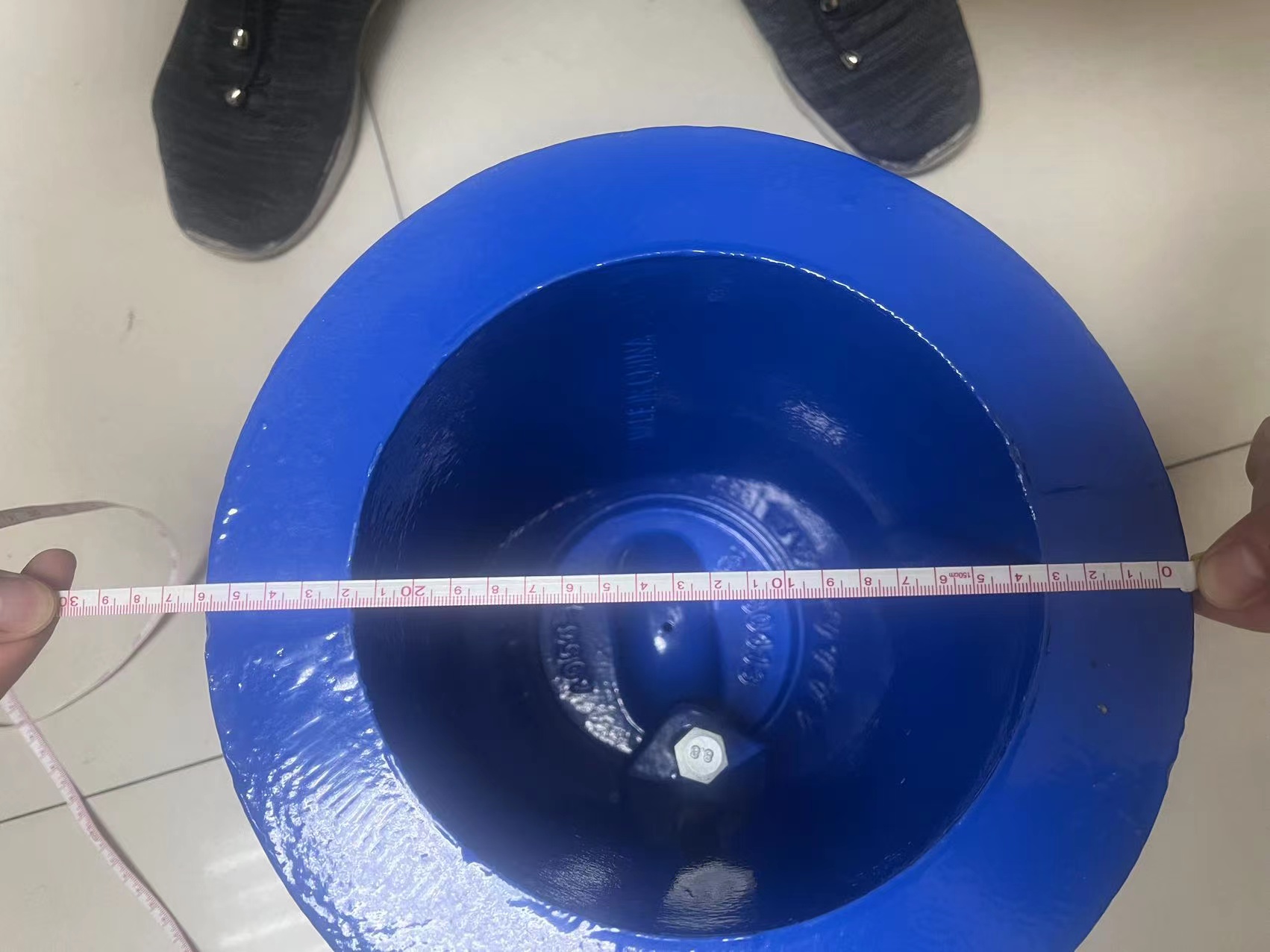strip drain grate
Understanding Strip Drain Grates Functionality and Importance
In modern urban design and civil engineering, effective water management is crucial for maintaining infrastructure and ensuring environmental sustainability. Among the various systems employed to manage stormwater and drainage, strip drain grates play a significant role. These grates are found in paved surfaces such as roads, parking lots, and landscaped areas. In this article, we'll delve into the functionality, construction, and benefits of strip drain grates, highlighting why they are essential components in effective drainage systems.
What is a Strip Drain Grate?
Strip drain grates are linear drainage systems designed to collect and redirect surface water. Typically made from materials like stainless steel, aluminum, or high-density polymer, these grates fit atop a channel drain. The channel drain itself runs in a linear fashion, following the natural path of water flow. The gratings provide an opening that allows water to enter the drain while preventing large debris, leaves, and other particles from clogging the system.
These grates often feature a series of slots or apertures that maximizes the capture area for rainwater runoff. Their design allows them to blend seamlessly into the surrounding environment, providing both aesthetic appeal and functional utility.
Functionality of Strip Drain Grates
The primary function of strip drain grates is to facilitate the efficient removal of surface water. During rainfall or snowmelt, water collects on the surface of roads, sidewalks, and other areas. If left unchecked, this accumulation can lead to flooding, erosion, and property damage. Strip drain grates effectively capture this water, directing it into the underlying drainage system.
Another essential function is providing a safe walking and driving surface. By channeling water away from these surfaces, strip drain grates help reduce slip hazards. This attribute is particularly important in areas prone to high pedestrian traffic and vehicular movement. Furthermore, when properly installed, they can enhance the longevity of the paved surfaces by preventing water accumulation that can weaken the structural integrity over time.
Design Considerations
The design of strip drain grates must be meticulous to ensure optimal performance. Factors such as the size of the slots, the material used, and the overall depth of the channel drain are crucial in determining how well these systems collect water. Typically, the slot width of the grate should be sufficient to allow the flow of water while keeping out larger debris.
strip drain grate

Moreover, the grates should be designed to withstand various loading conditions, especially in areas where vehicles/traffic frequently cross. Therefore, manufacturers often provide a variety of grate options suited for different load classes according to established safety standards.
Benefits of Installing Strip Drain Grates
1. Enhanced Drainage Efficiency Strip drain grates significantly improve the efficiency of drainage systems, allowing for quick water removal and reducing the risk of ponding.
2. Aesthetic Integration With their sleek design, these grates can be tailored to fit the surrounding landscape or urban architecture, thus maintaining an attractive appearance while serving a vital purpose.
3. Reduced Erosion By directing water flow, strip drain grates help minimize soil erosion and protect the integrity of nearby landscaping and infrastructure.
4. Maintenance of Infrastructure Effective drainage prolongs the life of roads and parking areas, saving money on repairs and replacements over time.
5. Environmental Protection By efficiently managing stormwater runoff, strip drain systems can help prevent pollutants from entering natural bodies of water, contributing to better water quality.
Conclusion
In conclusion, strip drain grates play a vital role in modern drainage practices, offering a balance of functionality and aesthetics. Their ability to manage surface water effectively can prevent flooding, enhance safety, and prolong the lifespan of infrastructure. As urban areas continue to grow, understanding the importance of such drainage systems becomes even more critical, ensuring that both the built environment and natural ecosystems thrive together. Investing in quality strip drain grates and their proper installation is essential for any civil engineering project, providing enduring benefits to communities and the environment alike.
-
The Smarter Choice for Pedestrian AreasNewsJun.30,2025
-
The Gold Standard in Round Drain CoversNewsJun.30,2025
-
The Gold Standard in Manhole Cover SystemsNewsJun.30,2025
-
Superior Drainage Solutions with Premium Gully GratesNewsJun.30,2025
-
Superior Drainage Solutions for Global InfrastructureNewsJun.30,2025
-
Square Manhole Solutions for Modern InfrastructureNewsJun.30,2025
-
Premium Manhole Covers for Modern InfrastructureNewsJun.30,2025
